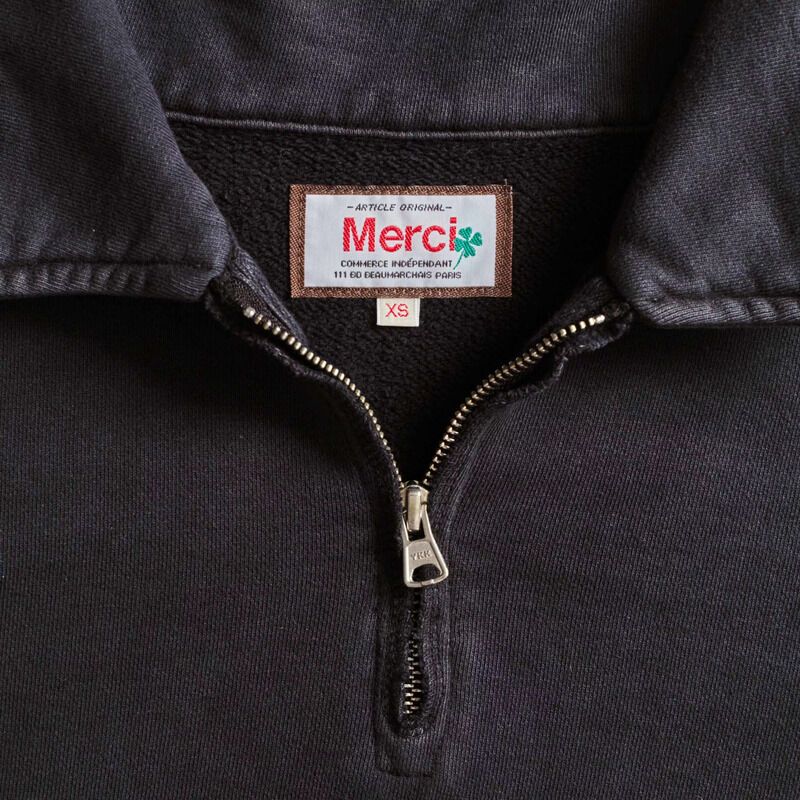Sports
Diamond Sports has just re-upped with Comcast. This could have repercussions for the Cubs

If you’ve been following the saga of the bankruptcy of Diamond Sports, which runs the Bally Sports Network regional sports networks, there was news about them earlier this week:
Comcast’s monthslong blackout of Bally Sports channels is finally coming to an end. The two sides announced Monday that they agreed on a new carriage deal, allowing baseball fans to watch their local teams beginning Thursday, which marks the start of August.
There are 12 MLB teams whose games remain on Bally Sports RSNs: Atlanta Braves, Cincinnati Reds, Cleveland Guardians, Detroit Tigers, Kansas City Royals, Los Angeles Angels, Miami Marlins, Milwaukee Brewers, Minnesota Twins, St. Louis Cardinals, Tampa Bay Rays and Texas Rangers.
The blackouts were particularly felt in Atlanta and Detroit, because Comcast covers more than 50 percent of those markets, and so any Braves and Tigers fans who are Comcast/Xfinity subscribers had to miss out on their teams before this last-minute deal was made.
Ah, but there’s something else you need to know about this agreement:
The deal — which applies to the 15 regional sports networks owned by Diamond Sports Group, the bankrupt operator of Bally Sports channels — allows fans to watch live, local MLB, NBA and NHL games if they are subscribed to Xfinity’s “Ultimate TV,” its most expensive cable package. Xfinity customers who upgrade to the “Ultimate TV” package by Aug. 30 can get it free for a three-month trial period, after which it will cost an additional $20 a month, according to a spokesperson for the company.
Ah, ha. So in order to watch the 12 MLB teams (and NBA and NHL teams, which account for those other three RSNs noted), subscribers will have to pay more. Not this year for baseball fans, as noted in the article, but an additional $20 a month starting next baseball season. Comcast used to carry these channels on its “basic” tier, which allowed fans to watch sports at no additional charge. That’s ending.
How might this affect the Cubs? Here’s how. Comcast also covers the majority of the Cubs market territory, about 55 percent of it. They’ve been carrying Marquee Sports Network on a basic cable tier, similar to the other markets and Diamond/Bally.
As Cubs President of Business Operations Crane Kenney told 670 The Score back in May, the Cubs’ carriage deal between Marquee and Comcast ends in September:
“On the one side, it’s a true serious moment on the distribution side. On the other side, the programming side, Marquee, our friends there, they just won RSN of the Year nationally for a second straight year in a row. They’ve won (lots) of Emmys. They’re doing a great job on the programming side, but I think distribution is going to be a challenge. And I’m sure you’re going to be asking me … in September, you’re going to go, ‘Hey, what’s going on now?’ Because it’s going to be bumpy.”
Bumpy, perhaps. What seems likely to happen, if there isn’t a standoff like Diamond Sports had with Comcast for most of this season, is some sort of last-minute deal that will keep Marquee on Comcast/Xfinity systems — but bump it up to some sort of premium tier that will cost fans more. As they did with these other markets, Comcast likely gives a bit of coverage free for a while, but by the time next baseball season comes around, if you are a Comcast subscriber, you’re going to pay more for Marquee.
Now, in reality, what is this going to do? Many people won’t pay the extra freight from Comcast. Some of those people could sign up for Marquee’s standalone streaming app so they can watch Cubs games. The price for that is basically the same as the $20 a month noted above, which is probably what Comcast would charge. But folks who just want to watch the games on Marquee would likely only pay that during the baseball season, cancel after, then re-up the following year.
I suspect you’re guessing what comes next here: A loss of revenue to the Cubs. With this sort of distribution, Marquee isn’t going to be able to bring in the kinds of cash that it’s bringing to the Cubs now. That’s been estimated by some to be about $100 million a year. With lower revenue could come a reduction in team payroll. That happened to the Twins this year, as I noted in this BCB article last November. The Twins had about a $156 million payroll in 2023, That’s dropped to $129 million this year, though the Twins have been able to put a playoff contender on the field anyway.
Comcast is exiting the RSN business in Chicago anyway — its partnership with the White Sox, Bulls and Blackhawks, NBC Sports Chicago, is ceasing to exist after the Sox season is over. The teams will launch a new RSN, Chicago Sports Network, with the beginning of the winter sports seasons in October. But there’s no guarantee that they’ll be carried by Comcast systems, either.
We are entering a brave new world of distribution of baseball on TV. The RSN model is a 1980s/1990s business model and has been fading out over the last few years. It’s likely that eventually, all local baseball games will be streamed. The good news is that will probably eliminate all blackouts. The bad news is that streaming isn’t likely to produce as much revenue as RSN rights fees did. What that will do to baseball’s overall revenue and player salaries is anyone’s guess, but you can bet it will be a major topic of discussion a bit more than two years from now when the MLB/MLBPA collective-bargaining agreement is up for renewal.
As always, we await developments.








